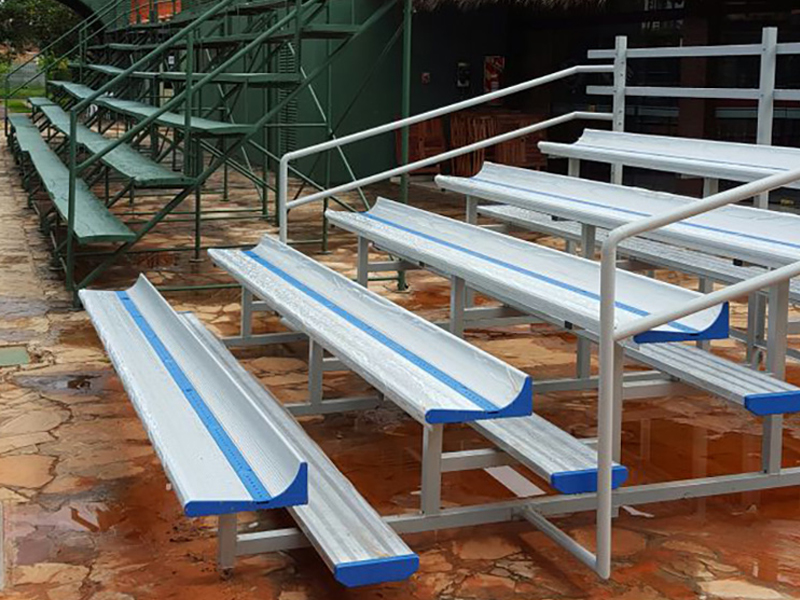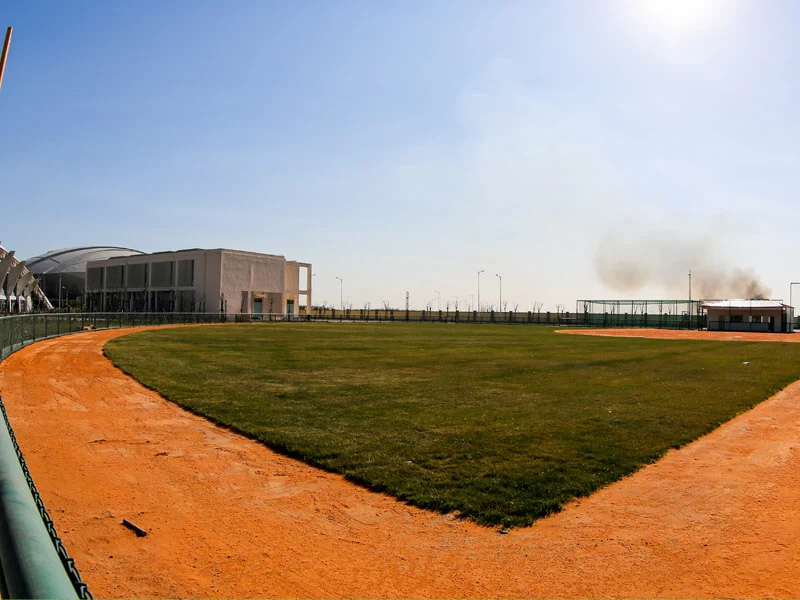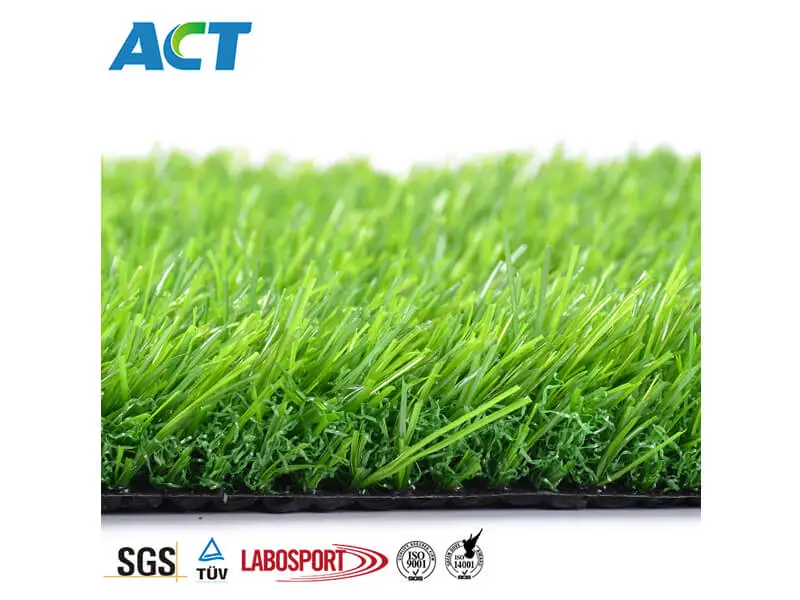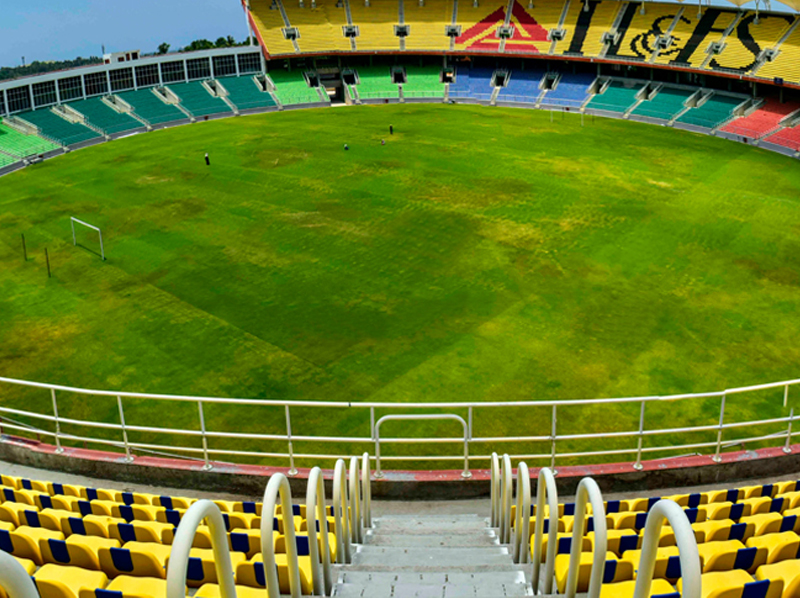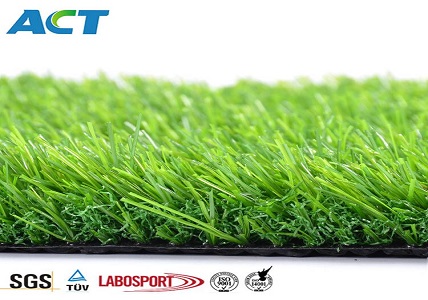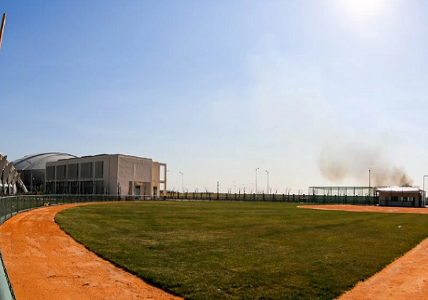
As the demand for high-performance athletic surfaces continues to rise, choosing the right sports turf is essential for achieving optimal performance and player safety. However, the cost of sports turf can vary greatly depending on several factors. In this blog, we will explore the importance of selecting the right sports turf, delve into the various cost factors associated with it, and compare the costs of different sports turf options.
Selecting the appropriate sports turf is crucial for ensuring player performance, injury prevention, and field durability. The right turf can enhance traction, reduce the risk of injuries, and offer players a consistent and safe playing surface. Whether it's for a professional stadium, college field, or a community sports complex, the choice of sports turf plays a significant role in the overall success and lifespan of the playing surface.
When evaluating the cost of sports turf, it is essential to consider various factors that contribute to the overall price. Some key cost factors include:
Turf Material: Different turf materials, such as natural grass, artificial grass, or a hybrid system, will have different costs associated with them. While natural grass requires ongoing maintenance and replacement, artificial grass often has higher upfront costs but requires less maintenance over time.
Field Size: The size of the field is another significant cost consideration. Larger fields require more materials and labor, resulting in higher overall costs. Factors such as the dimensions, slopes, and complexities of the field can also affect the total cost.
Installation and Maintenance: The quality of the installation and ongoing maintenance requirements can significantly impact the cost. Proper installation is crucial for ensuring the longevity and performance of the sports turf. Ongoing maintenance, such as mowing, fertilizing, and irrigation for natural grass, or regular grooming and infill replacement for artificial turf, should also be considered.
Now that we understand the importance of selecting the right sports turf and the cost factors associated with it, let's compare the costs of various sports turf options:
Natural Grass: Natural grass is the most common and traditional choice for sports fields. While initial costs may be relatively low, ongoing maintenance expenses, such as watering, fertilizing, and frequent reseeding, can add up significantly over time.
Artificial Turf: Artificial turf offers a durable and low-maintenance alternative to natural grass. Although installation costs are higher, ongoing maintenance expenses are generally lower. Artificial turf also allows for increased usage, as it recovers more quickly from heavy usage and adverse weather conditions.
Hybrid Systems: Hybrid systems combine the benefits of natural grass and artificial turf. These innovative solutions offer the feel and playability of natural grass, with improved durability and reduced maintenance requirements. Hybrid systems generally come with higher upfront costs, but the long-term savings could outweigh the initial investment for high usage and high-performance fields.
Selecting the right sports turf is crucial for creating a high-performance and safe playing surface for athletes. Considering the various cost factors associated with sports turf, it is essential to evaluate your specific requirements and budget when making a decision. Whether you opt for natural grass, artificial turf, or a hybrid system, understanding the cost implications will enable you to make an informed choice that suits your needs and delivers long-term value. Remember, it's not just about the upfront sports turf cost but also the ongoing maintenance and performance benefits that should be considered for a winning playing surface.
